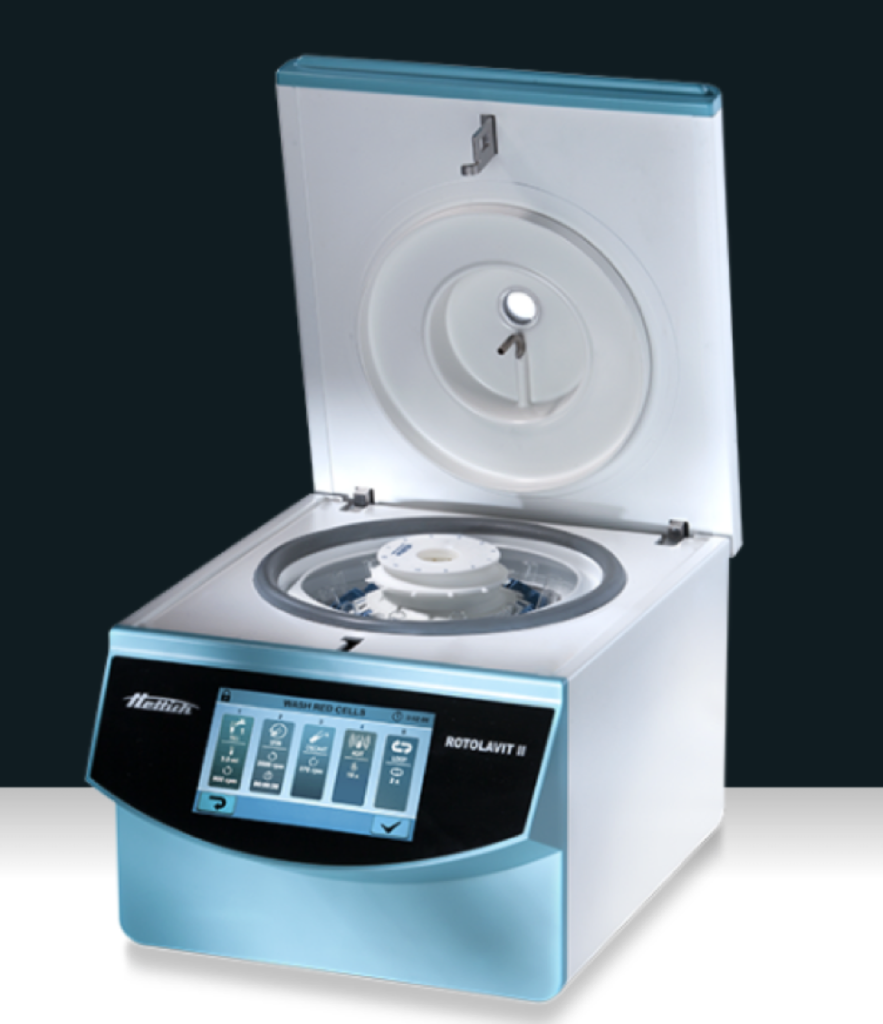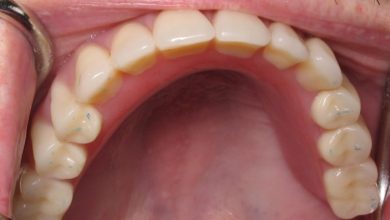
When is a Serological Centrifuge Used?
One of the most prevalent tests carried out in hospitals and diagnostic clinics is the serology test. There are various types of serology tests and they can require different laboratory techniques. Serology tests have one primary purpose—to detect antibodies that are present in the blood. The procedure is done to determine any underlying medical condition.
Use of Serological Centrifuges
Processing of various serology tests are done using a serological centrifuge. A serological centrifuge works by using centrifugal force to separate various components of blood. By separating different blood components like plasma, platelets, and red and white blood cells, doctors and researchers will have a better insight into a patient’s specific condition.

Other uses of a serological centrifuge include:
- Blood typing
- Phenotyping
- Cross matching
- Manual cell washing
- Coombs testing
When the COVID-19 pandemic struck, the use of serological centrifuges became more common. One of the primary tests carried out on patients suspected to have contracted the virus is the serology test. A serology test is also done to determine the presence of antigens in the bloodstream.
Since serology tests can help detect the presence of antibodies that can affect a person’s health, the results will give doctors a better understanding of the condition. The results of a serology test can also help doctors determine the right medications and course of treatment for different patients.

